Folk Tales of Laterite
The sky is a huge water pot and during drought I wish I could pour water to the dry lands and make the world greener.
Rowdy storm is a divine grace for them. For the dreadful drought is no sudden catastrophe there. The red soil is nothing but a decomposed constitution of the neighbouring rocks. Far-off horizon would make you to sense the facet of panorama. The particular Jharkhand plateau is miles away from a solitary rail station, namely, Hesalong. Only a few passenger cars use to briefly stop there a day. Ramlokhon (Rajaditya Banerjee) is a rail attendant serving water to the railway passengers. Death Certificate is a slow paced movie revolves around his sudden demise and shocking aftermaths thereafter. The film is directed by young independent Bengali filmmaker Rajaditya Banerjee and the specific storyline is adapted from the original literary piece by Debasish Bandyopadhyay, incidentally Banerjee’s father. The film is Banerjee’s maiden directorial venture as well the first ever film made in kurmali.
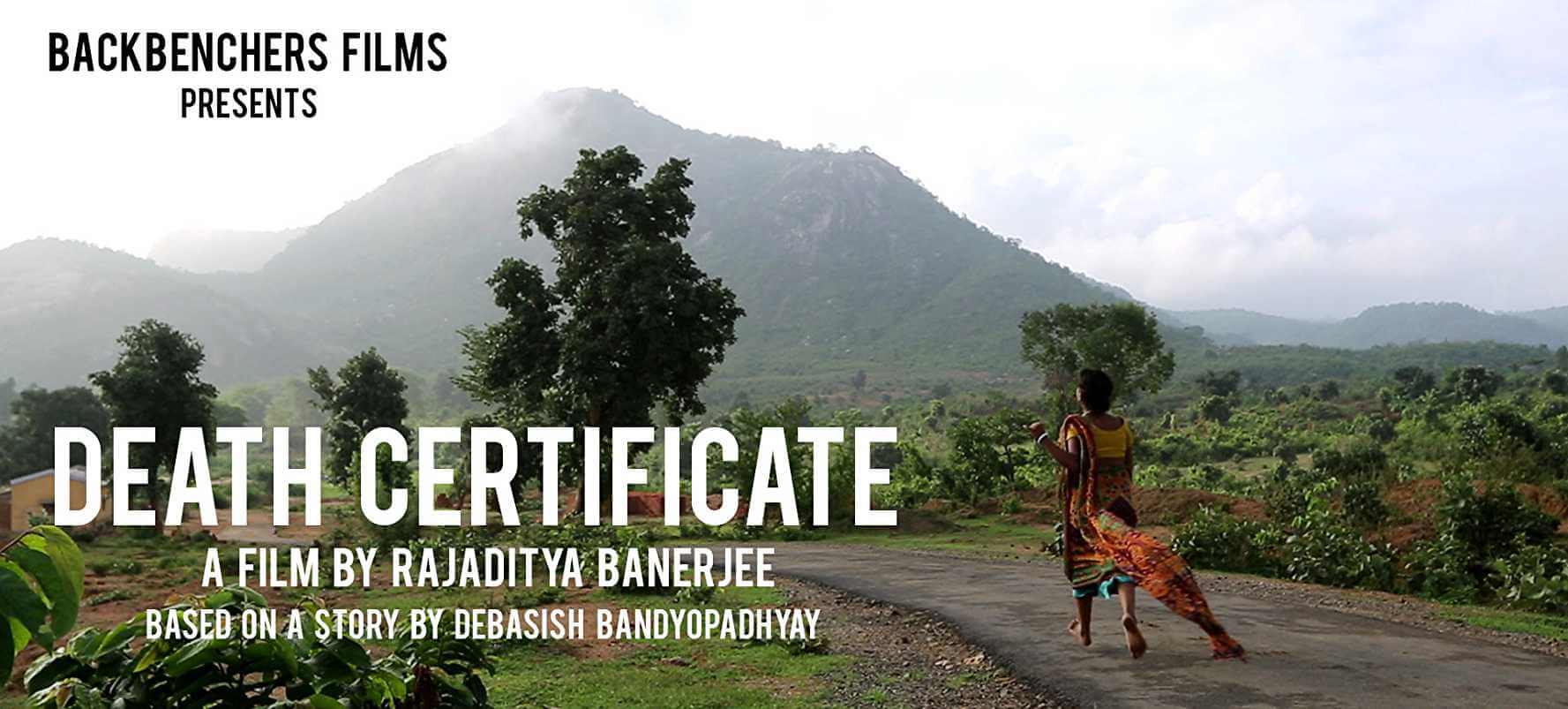
The movie starts from the particular afternoon Ramlokhon did not turn to home. Anxious Sabitri (Deepamala Sengupta) visited Hesalong the very next morning along with Dadu (Pradip Bhattacharya) and Shibu (Gautam Dasandi). The station master (Manab Mukhopadhyay) just had information about a stranger’s death due to running over by a passenger car near Rampurhat (a fictitious place). He hence asked the rustic trio to move to Rampurhat Hospital Morgue while reminded Sabitri to collect the death certificate in case the mortal remaining would turn to be that of Ramlokhon’s. Soon after from the circumstantial evidences poor Ramlokhon’s death had been confirmed. But as soon the rustic trio had then urged for the death certificate they had to undergo a series of blatant harassment before all concerning administrative councils. Finally we notice that as if the ultimate death certificate of humanity has been registered in turn.
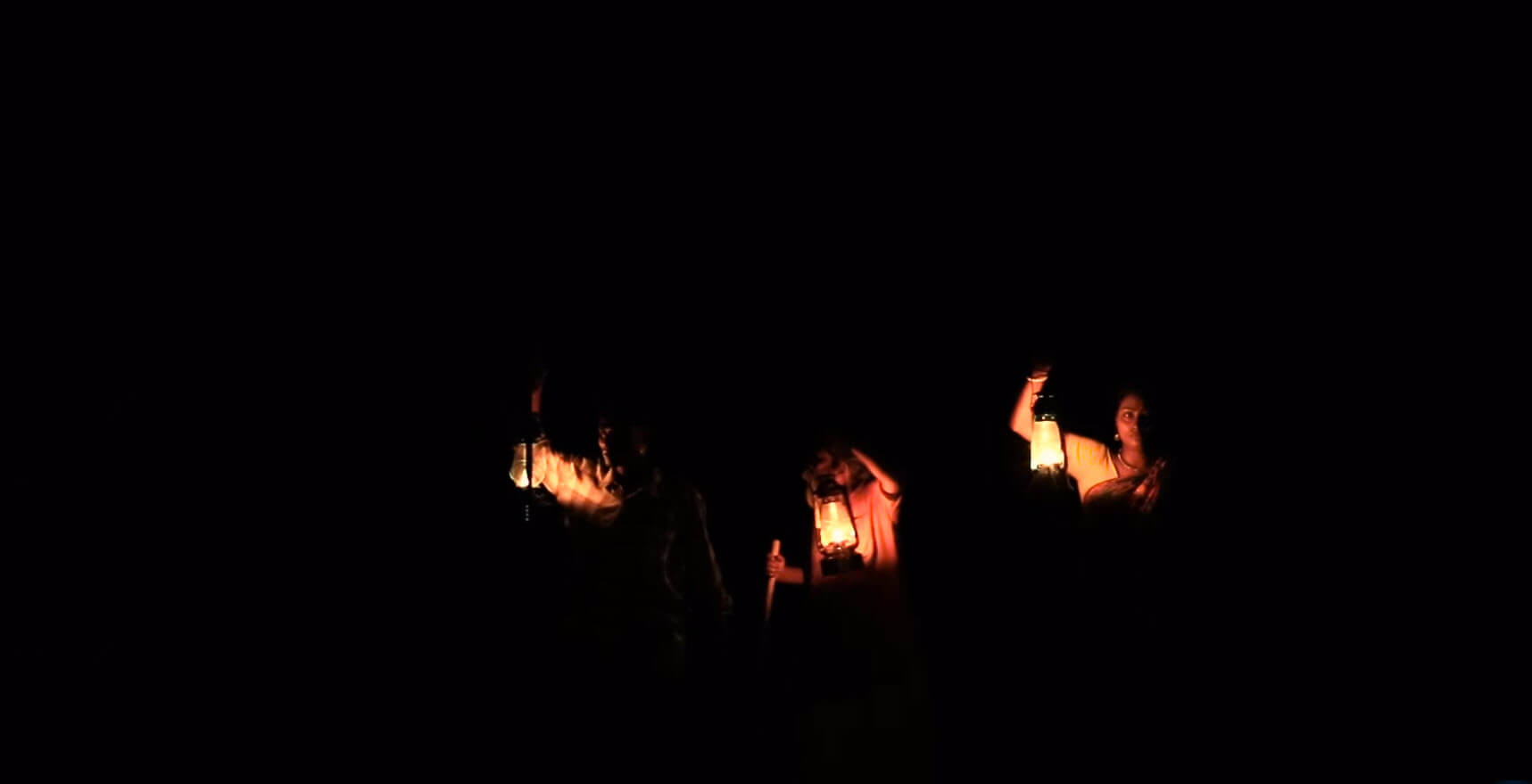
It is noteworthy to mention that based upon such an apparently prosaic storyline what Banerjee has made is a debonaire folk tale. His protagonist Ramlokhon used to serve water to the railway passengers. There were numerous lonely stations in the local railway division. A few cars used to stop there a day. Unlike the urban editions you would hardly find a single hawker selling water pouches there. Often it was thus difficult for the aged passengers to detrain, quench their thirst from railway tap and return to the particular seat within such brief interval. Attendants like Ramlokhon were recruited for fulfilling this specific purpose. Interestingly unlike the most of the people around our visible reality Banerjee’s protagonist adored his job from the very profound of his soul. Certainly this was due to the perspective of his immediate reality. The pictorials of anhydrous laterite and the concerning human hardships used to torment him mentally a lot. In one scene we notice Sabitri to collect water hollowing the soil. Ramlokhon used to dream of a day when it would be cats and dogs all over. He used to muse of the day when the nature would be all green. From this particular altitude he considered his job as a dignified one.
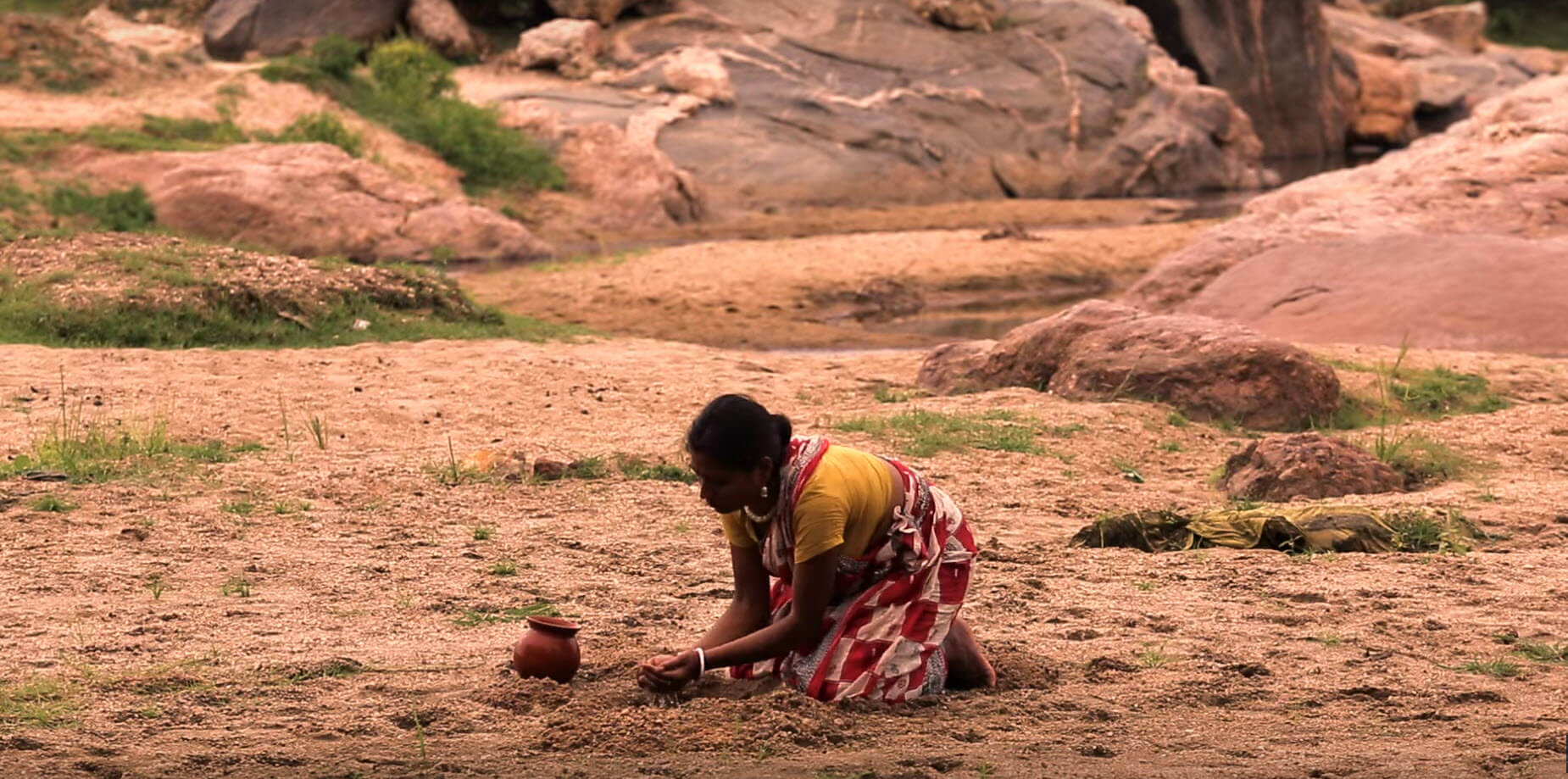
Towards the end of the movie a telecast of rocket launching has been screened. For the usual pace of Banerjee’s movie this particular shot is almost poles apart. Has the blue planet become so much destitute so that a spacecraft has to be sent to the greater universe for seeking a true mankind on some other planet? Or is this a suave metaphor signifying the dilapidation of humanity in parallel of such howling progress in technology? Parallel to the spacecraft’s voyage Banerjee’s folk tale thus portrays an ultimate journey of a rustic woman. Sabitri’s ultimate fleeing off Hiten Banwari (Bhupen Pandey) thus stands for a journey, from the callous reality to the world of folk tales. The shower at the end of the movie in fact sews each of the subtle threads of the suave yarn dexterously.
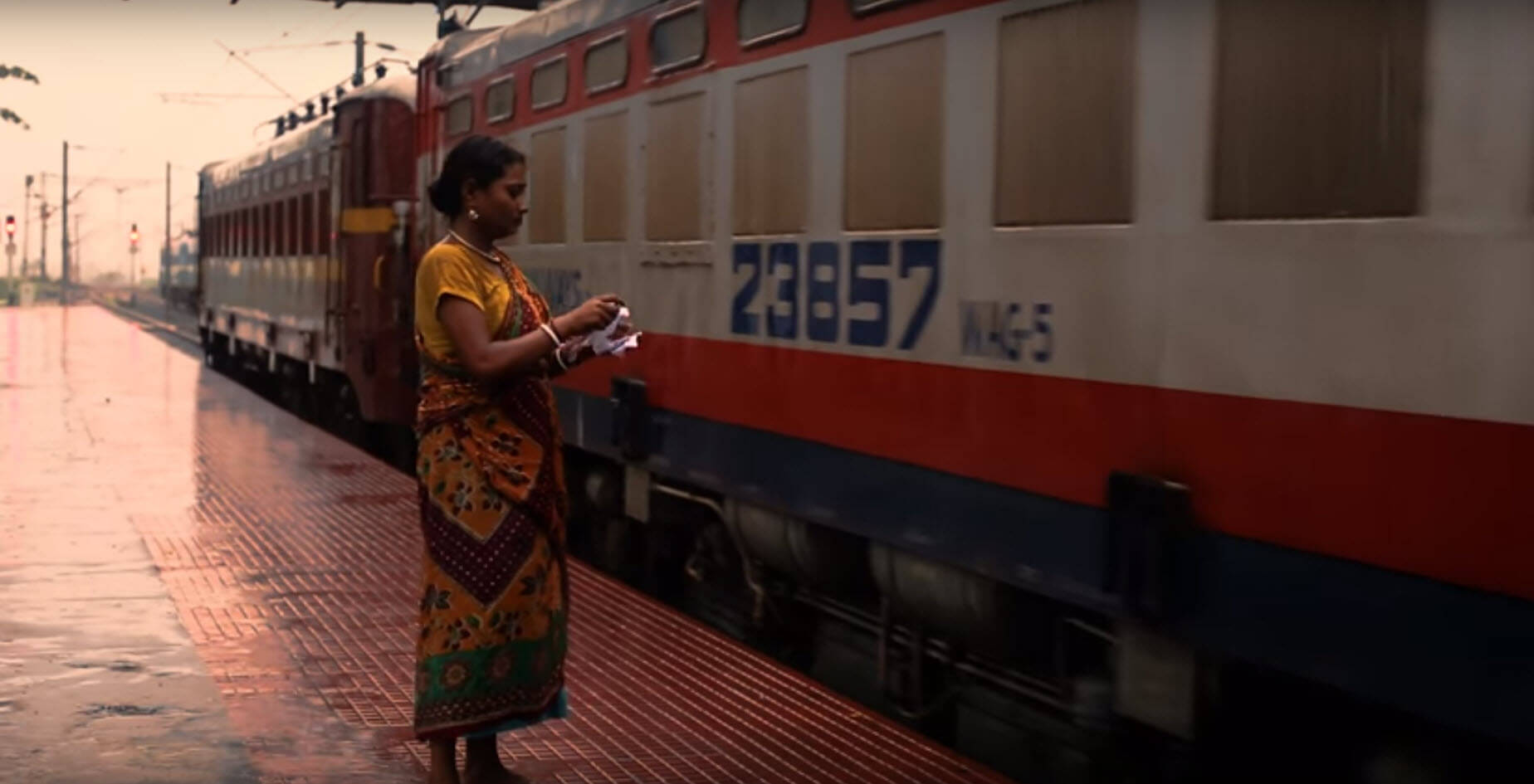
Serious readers of Debasish Bandyopadhyay may point out a poignant flavour of his cult fictions. He excelled in weaving too intense phrases on leaps of his most naive characters. Adopting this particular craft on visual representation is not in fact any joke. Thank God, filmmaker Banerjee articulates his inheritance most passionately. Ramlokhon has been a true poet, as if a somnambulist. No doubt to set up this specific figure on silver screen was the toughest challenge in making of the film and Banerjee’s success both as a director as well an actor aids the movie to accomplish the true artistic distinction.
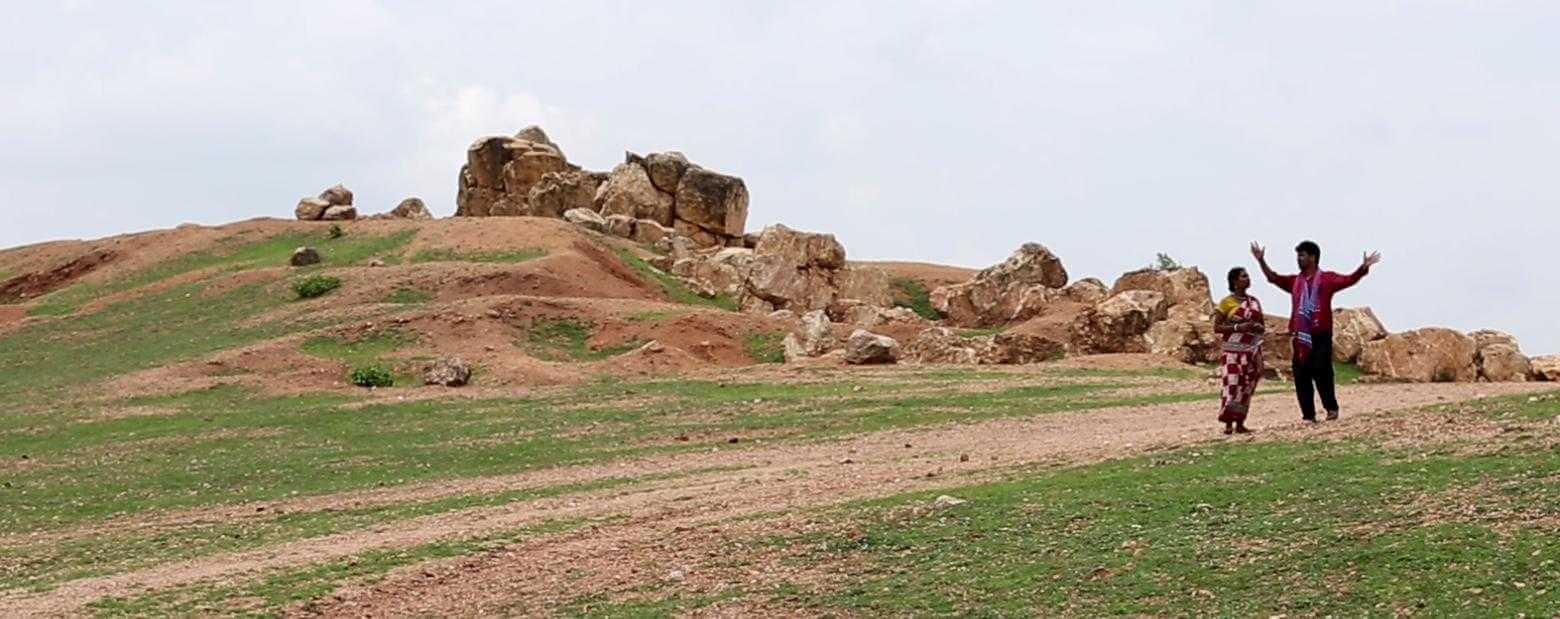
Serious filmmaking today in contemporary Bengal has to undergo a much planned genocide. Banerjee’s late sibling Bappaditya Bandyopadhyay was too in fact a vivid victim of this particular extermination course. A major number of the auditoriums have been reserved by a specific production house and without kneeling before them down your creations will simply be can-confined. Handshaking of certain media house with these evil forces has made merit to land on a hot soup. Probability of a Ray or a Ghatak or even a youthful Raj Kapoor is most unlikely today. The task of independent filmmakers around the country have been thus becoming more and more challenging both from artistic as well from commercial perspective. From his maiden venture serious audience can keep reliance upon Rajaditya Banerjee.


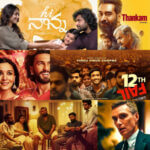





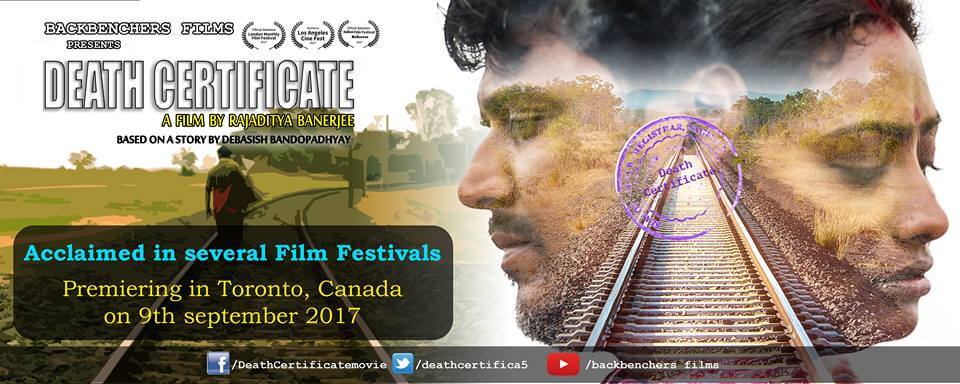


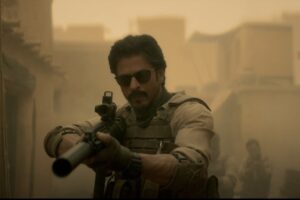



Excellent movie… Best wishes for a bright future…